
Hemingway's Oak Park roots
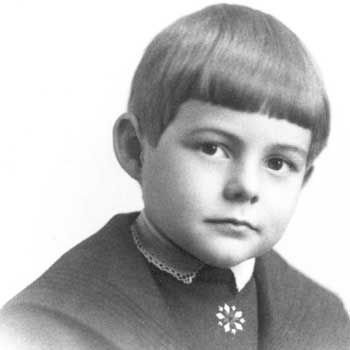
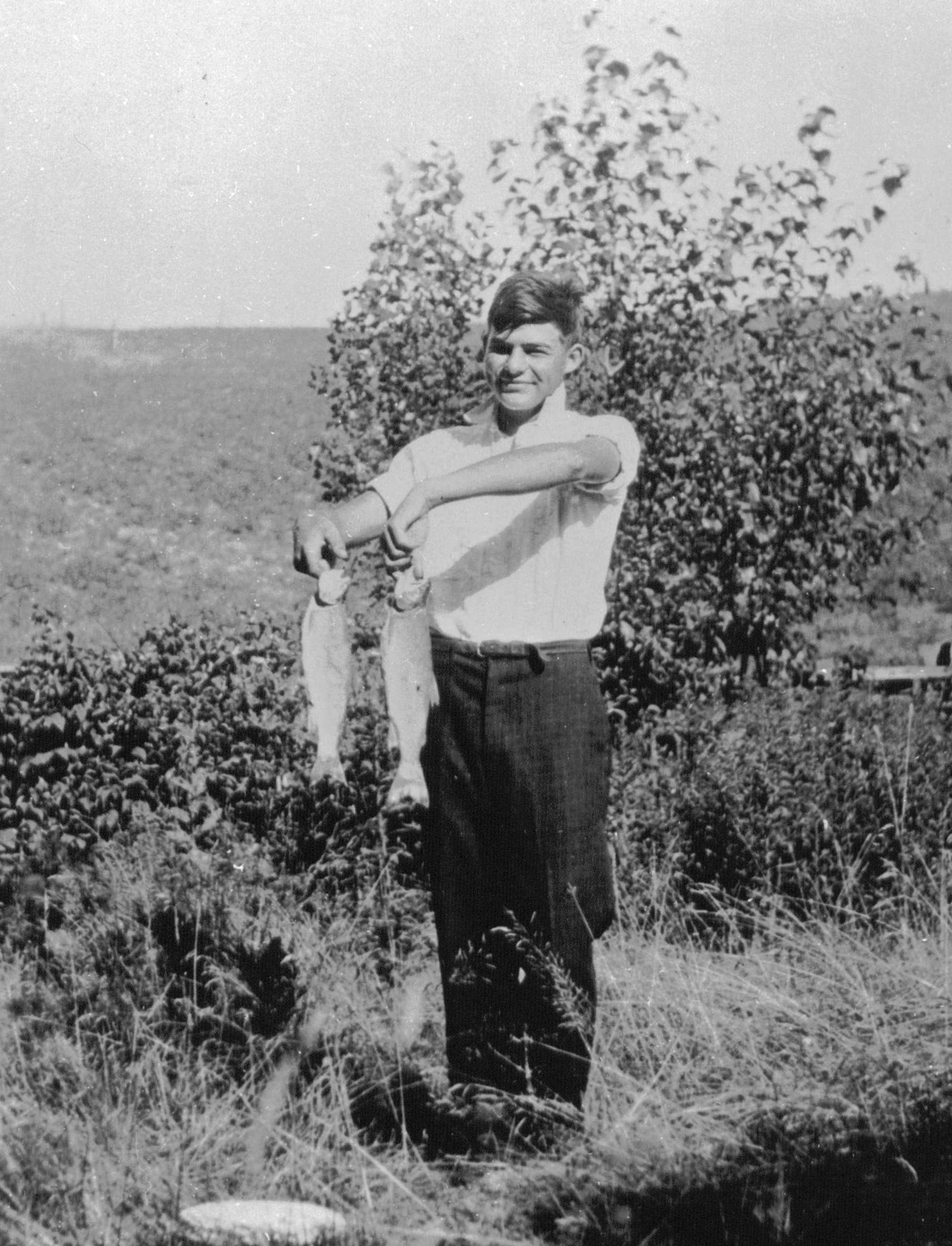
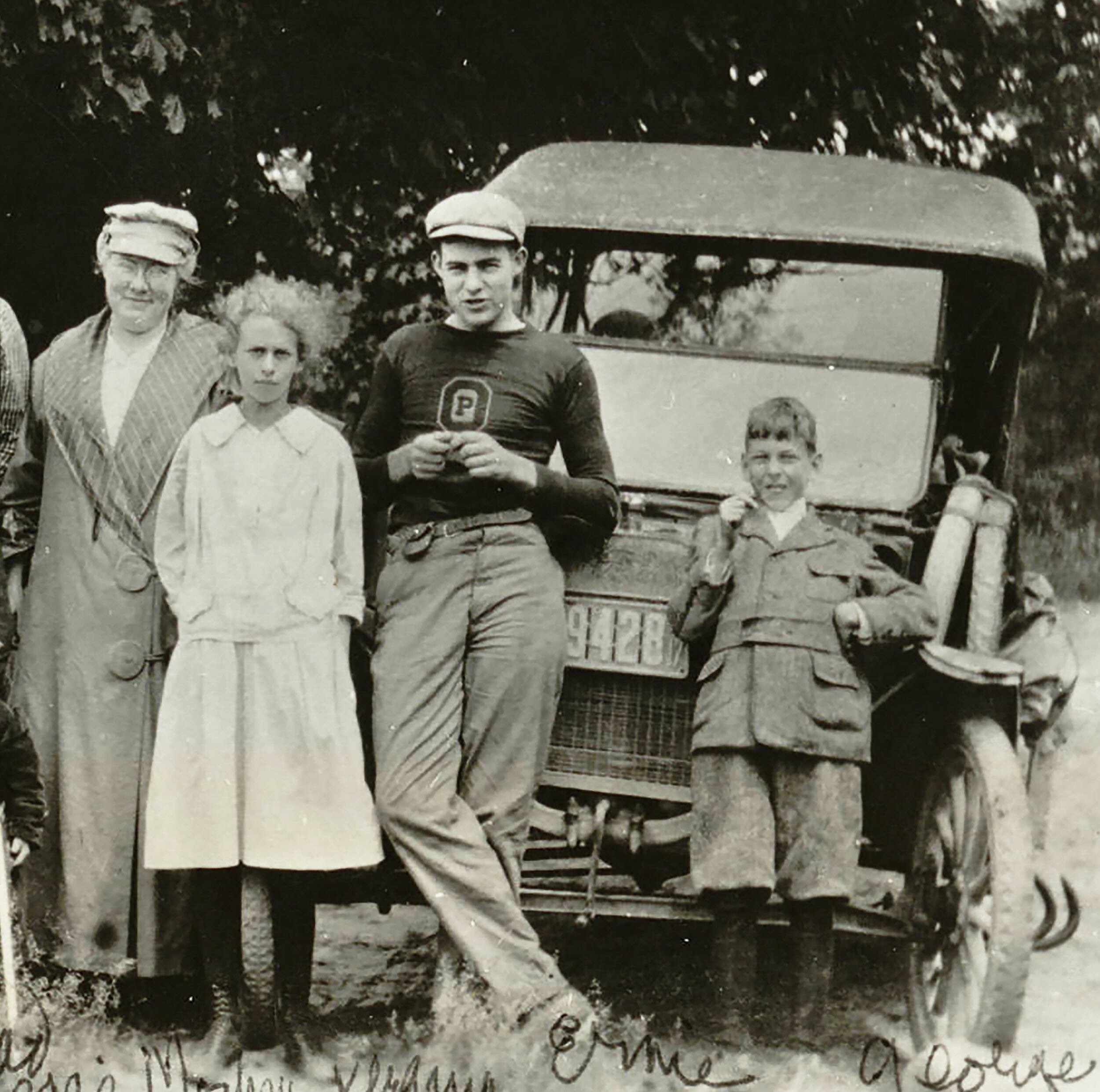
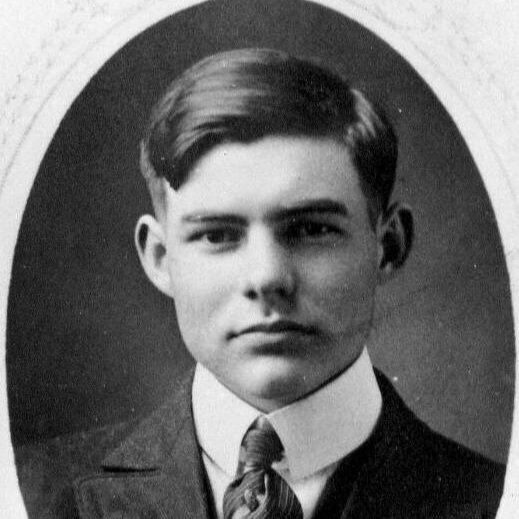
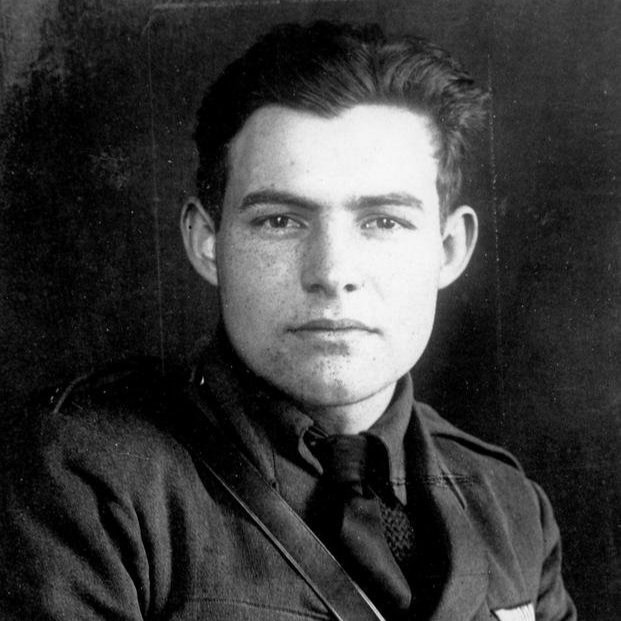
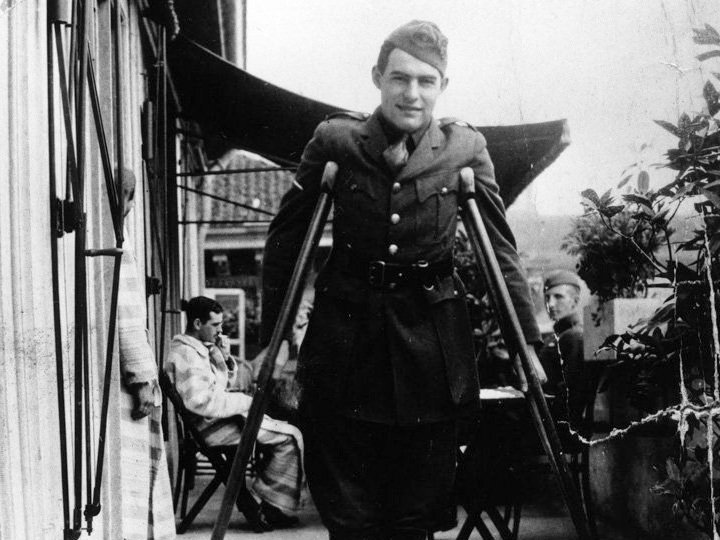

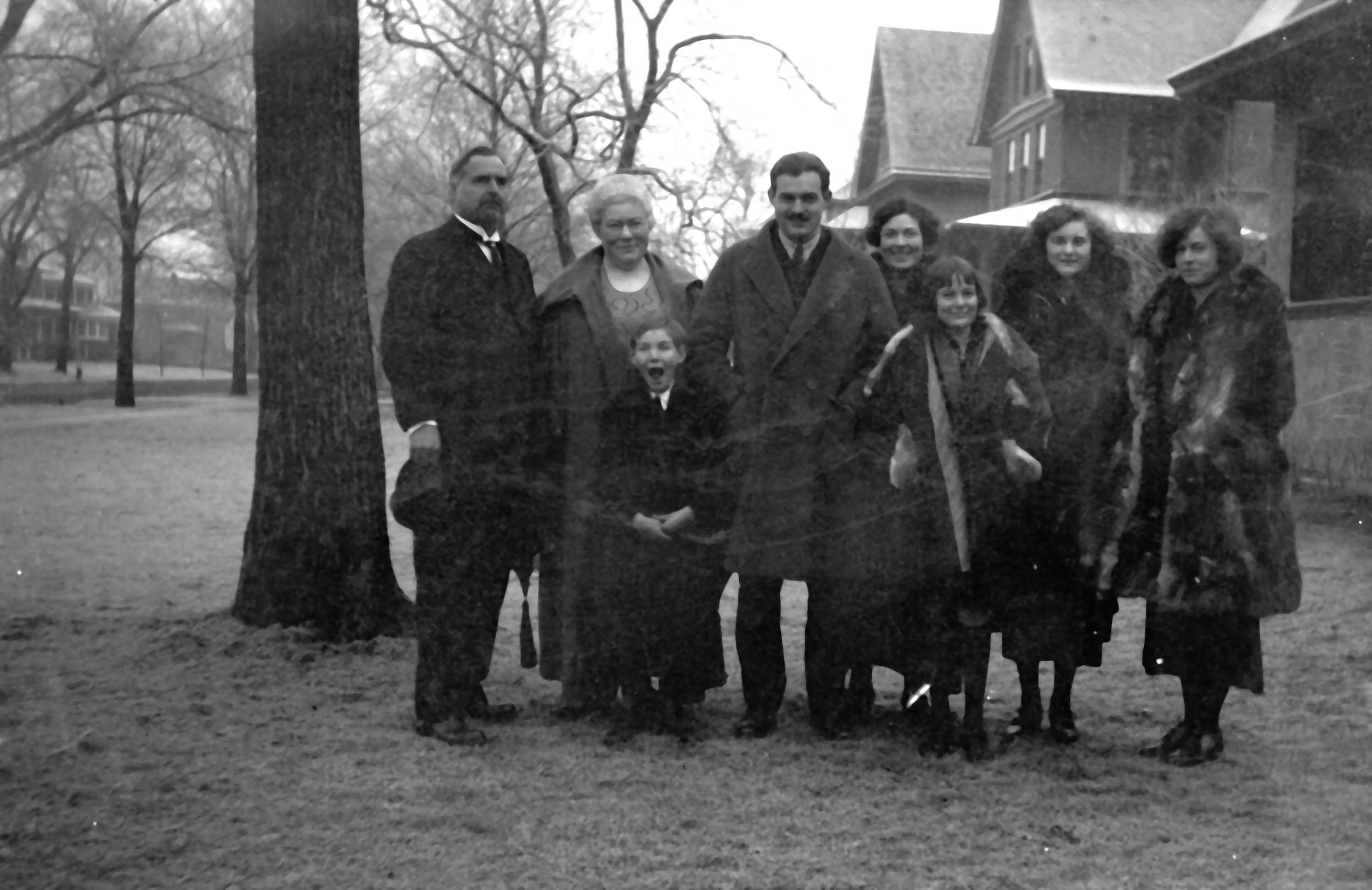
The foundation for Ernest Hemingway's life and work can be found in Oak Park, Ill. His first 20 years in this Chicago suburb, with prairies and woods to the west, prepared him for his life as a writer. His father taught him about the outdoors and to observe nature closely. His mother took him to opera houses and museums in Chicago so he could appreciate the inner life the arts awakened. Hemingway’s family initiated him in the spiritual life of their church where he sang in the choir and reflected on sermons.
It was in Oak Park that Hemingway received his only formal education. In school, Ernest keenly observed what was around him and within him to make stories real for his readers. He wrote most convincingly about people, places and events he witnessed firsthand. When Ernest left Oak Park, he would continue to write from his own experiences on four continents, seeking to convey to readers "how it was." His writing touched what was common in all people's lives.
In 1954, he was recognized with the Nobel Prize for "The Old Man and The Sea" — a novella that reflects his "powerful, style-making mastery of the art of modern narration." Decades after Hemingway's death in 1961, people around the world recall his adventures and new generations of readers find fresh meaning in his stories.
Early Life and Influences
Oak Park Beginnings:
○ Born in 1899 in Oak Park, Illinois, Ernest Miller Hemingway grew up in a devout Protestant family.
○ Discuss his parents' contrasting influences: his father’s love for the outdoors and his mother’s musical talent.
○ Mention his summers in northern Michigan, where he developed his love for nature, hiking, and fishing.
Education and Early Writing:
○ Entered Oak Park and River Forest High School in 1913.
○ Began writing for the school paper and literary magazine, drawing from personal experiences.
Key Milestone:
○ Graduates in 1917 and as a young man begins reporting for The Kansas City Star, where he learned concise, impactful writing.
World War I and the Seeds of a Writer
Ambulance Driver and Wartime Experiences:
○ In 1918, Hemingway volunteers for the Red Cross on the Italian front as an ambulance driver.
○ Wounded in Fossalta and falls in love with nurse Agnes von Kurowsky during recovery in Milan.
○ His war experiences inspire A Farewell to Arms (1929), one of his most celebrated novels.
Return to the U.S.:
○ Recovers in Oak Park, dealing with heartbreak and physical injuries. Eventually moves to downtown Chicago, meets Hadley Richardson and various Chicago writers.
The Paris Years: Joining the Lost Generation
The Move to Paris:
○ Marries Hadley Richardson in 1921 and moves to Paris with letters of introduction from Sherwood Anderson.
○ Meets influential figures like Gertrude Stein, F. Scott Fitzgerald, Ezra Pound, and James Joyce.
Expatriate Life:
○ The American Novelist Immerses himself in the “Lost Generation” culture, developing his iconic sparse, unsentimental prose style.
○ Publishes The Sun Also Rises in 1926, solidifying his reputation.
Bullfighting and Spanish Influence:
○ Witnesses his first bullfight in Spain, sparking a lifelong fascination that leads to works like Death in the Afternoon (1932).
Love, Loss, and Literary Success
Key West and Florida Years:
○ Marries Pauline Pfeiffer in 1927 and relocates to Key West in 1928.
○ Publishes For Whom the Bell Tolls (1940), exploring the Spanish Civil War’s complexities.
African Safaris and Adventure:
○ Goes on safaris in Africa, inspiring works like The Snows of Kilimanjaro and Green Hills of Africa.
Personal Challenges:
○ Grapples with injuries, multiple marriages (Martha Gellhorn), and personal losses, including his father’s suicide.
The Later Years: Triumphs and Struggles
Cuba and the Pulitzer Prize:
○ Settles in Finca Vigía, Cuba, with Mary Welsh.
○ Publishes The Old Man and the Sea (1952), earning the Pulitzer Prize and solidifying his literary legacy.
Declining Health:
○ Sustains injuries in two plane crashes in 1953, leading to declining health and depression.
○ Moves to Ketchum, Idaho, where he ultimately ends his life in 1961.
Enduring Legacy
Awards and Recognition:
○ Wins the Nobel Prize in Literature in 1954.
○ Celebrated for his impactful storytelling and influence on modern literature.
Impact on Literature:
○ Influence on writers and genres, with Hemingway’s works adapted into films and studied worldwide.
Cultural Influence:
○ Hemingway’s life and works, from In Our Time to A Moveable Feast, remain a source of fascination, representing the intersection of adventure, artistry, and resilience.
Conclusion
Summing Up a Legend:
○ Ernest Hemingway remains a towering figure in American literature whose works transcend time and place.
Invitation to Explore:
○ Encourage readers to dive into his novels, short stories, and personal adventures for a deeper appreciation of his genius.
